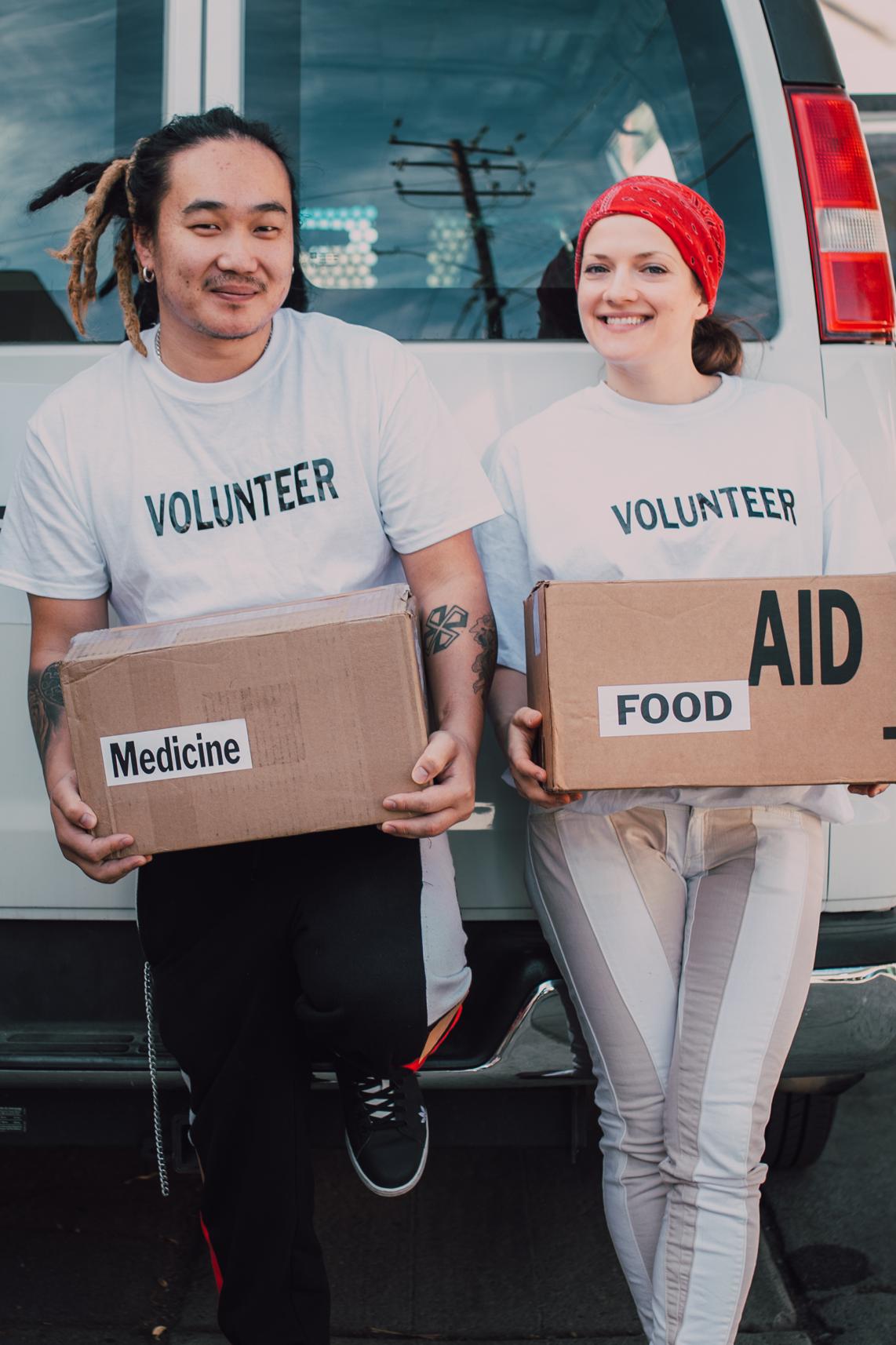Scars are an unavoidable part of life, but they can also be incredibly uncomfortable and visually unappealing. One of the most common issues people have with scars is that they tend to bleed a lot. In this blog post, we will discuss why scars bleed so much and what can be done to minimize this symptom.
We will explore the various causes of why scars bleed and the treatments available to help reduce the amount of bleeding. Finally, we will discuss the importance of proper aftercare to ensure that your scar heals properly.
Types of scars and their causes

Scars can be formed from a variety of causes, from minor cuts and scrapes to major injuries, surgeries, or illnesses. But why do some of these scars bleed so much? The answer lies in the type of scar that is formed.
The answer lies in the type of scar that is formed. Generally, there are three types of scars that tend to bleed more than others: hypertrophic scars, keloid scars, and contracture scars. Hypertrophic scars are raised, red scars that usually form when the body produces too much collagen in response to an injury.
Keloid scars, on the other hand, are raised and discolored scars that extend beyond the boundaries of the original wound. And lastly, contracture scars are thick, tight scars that can limit movement and cause pain.
All three of these scar types tend to bleed more due to their excess collagen, which can cause a build up of pressure in the scar tissue. In addition to this, these types of scars also tend to be more sensitive to touch, which can cause them to bleed more easily.
Scars bleed
Scars are a reminder of our past, serving as a physical representation of the wounds we have endured. But why do they bleed so much? The reality is that scar tissue is different from regular skin.
Scar tissue is composed of collagen fibers that have been laid down in a disorganized pattern, and are weaker than regular skin. This makes them more prone to re-injury, and so when we bump or scrape our scar, it is more likely to bleed.
Further, the tiny blood vessels that form in scar tissue often tend to be more fragile, which can also lead to more bleeding and bruising.
How to treat scars to stop bleeding
Scars can be a nuisance, and one of the most frustrating issues is that they can often bleed. But why do scars bleed so much? The answer lies in the nature of a scar itself.
A scar is created when the skin is damaged, either from an injury or surgery. As the skin heals, it produces collagen, a protein that helps to repair the injury.
However, this collagen is often thicker and less flexible than the surrounding skin, which can lead to a scar that is more prone to bleeding. Additionally, the absence of sweat glands and hair follicles in a scar can make it more difficult for the body to seal off the wound and stop the bleeding.
Natural remedies for bleeding scars
Scarring is a natural part of the healing process, but it can be uncomfortable and inconvenient. Bleeding scars are especially common and can be caused by a number of different factors.
Fortunately, there are a number of natural remedies available to help reduce the symptoms associated with a bleeding scar. From the application of honey to the use of vitamin E oil, these remedies can provide relief and even speed up the healing process.
So why do scars bleed so much? With the right care, they don’t have to.
Long-term solutions for bleeding scars
When it comes to long-term solutions for scarring, the primary question we must ask is “Why do scars bleed so much?” The answer lies in the way the skin repairs itself. When skin is damaged, the body sends in a specific type of cell to repair the area.
This cell, called a fibroblast, helps to rebuild the skin tissue, but in the process, it can create scar tissue. This scar tissue can often be thicker and more fragile than the surrounding skin, leading to greater susceptibility to damage, and therefore, increased bleeding.
In order to reduce the amount of bleeding from a scar, it is important to not only protect the area from further damage, but also to reduce the amount of scar tissue that is produced. This can be done through the use of silicone gel, which helps to flatten the scar and rebuild the collagen and elastin in the skin, while also reducing the amount of scar tissue produced.
By using a combination of these treatments, you can reduce the amount of bleeding from your scar, and help to reduce the appearance of the scar in the long-term.
Conclusion
In conclusion, scars can bleed more than cuts because they are composed of thicker and tougher skin tissue, which contains a greater number of blood vessels. Additionally, the pressure of everyday activities can cause scar tissue to rupture, leading to increased bleeding. Keeping the area clean, covered, and moisturized can help to reduce the risk of bleeding, discomfort, and infection.